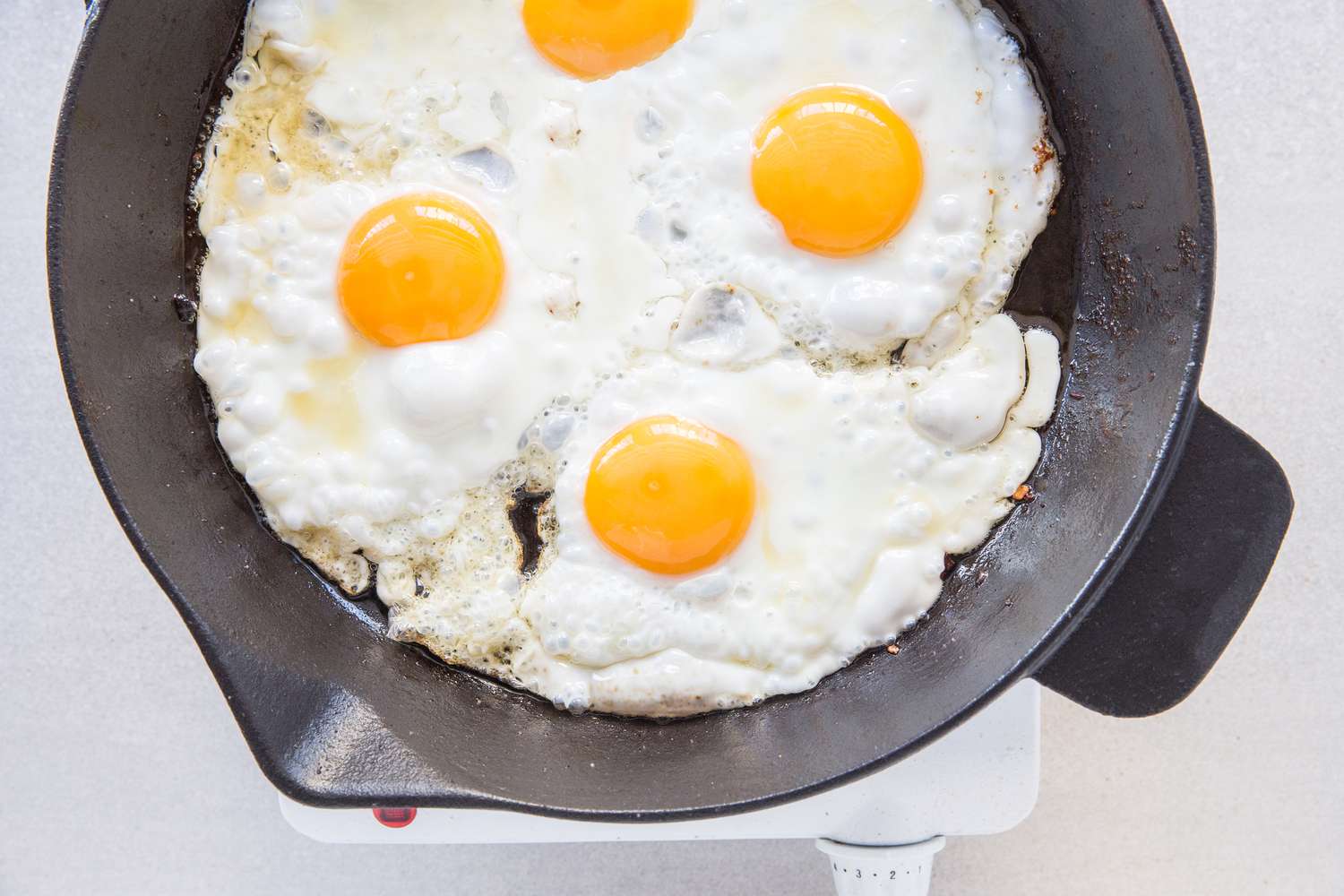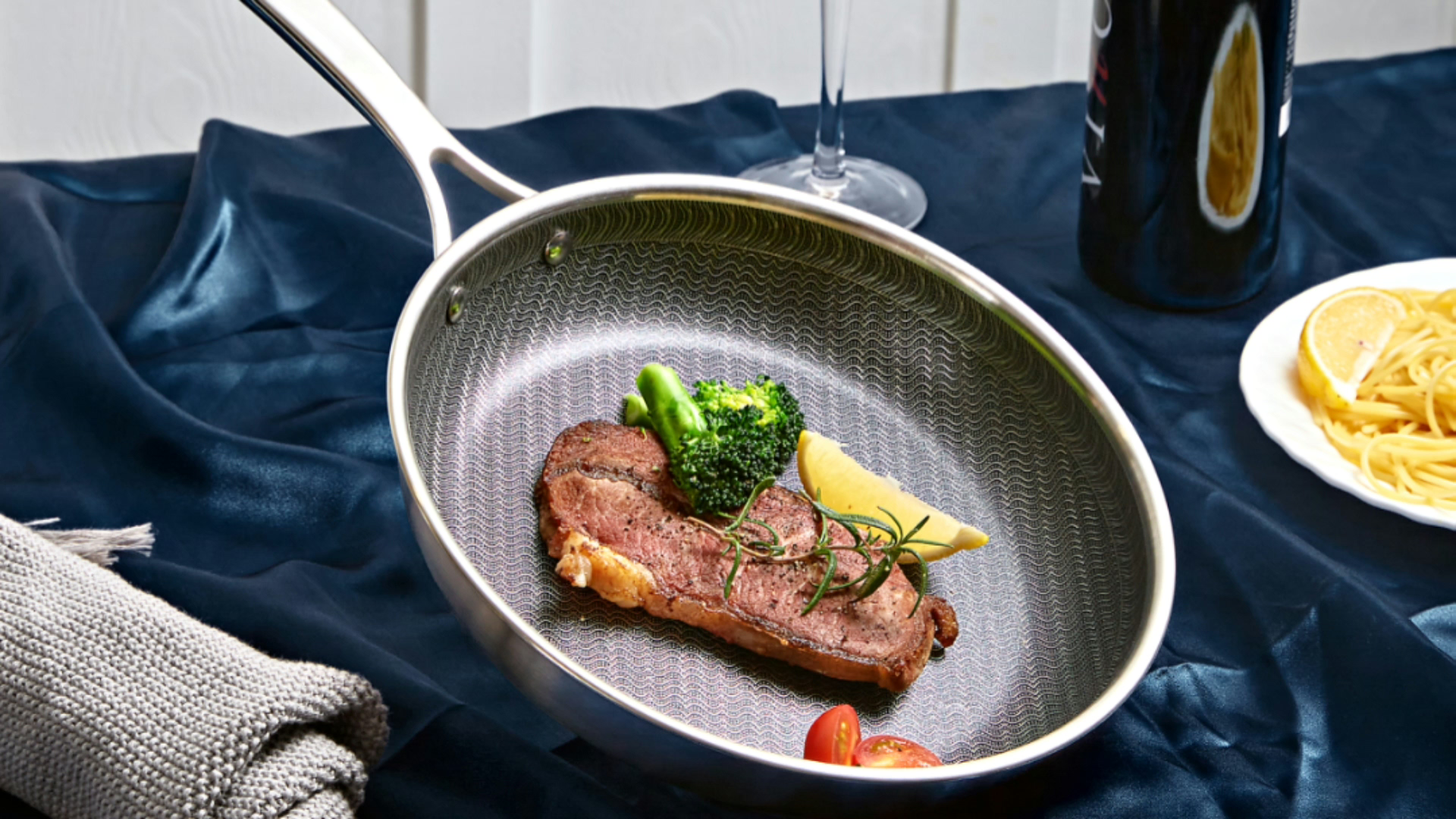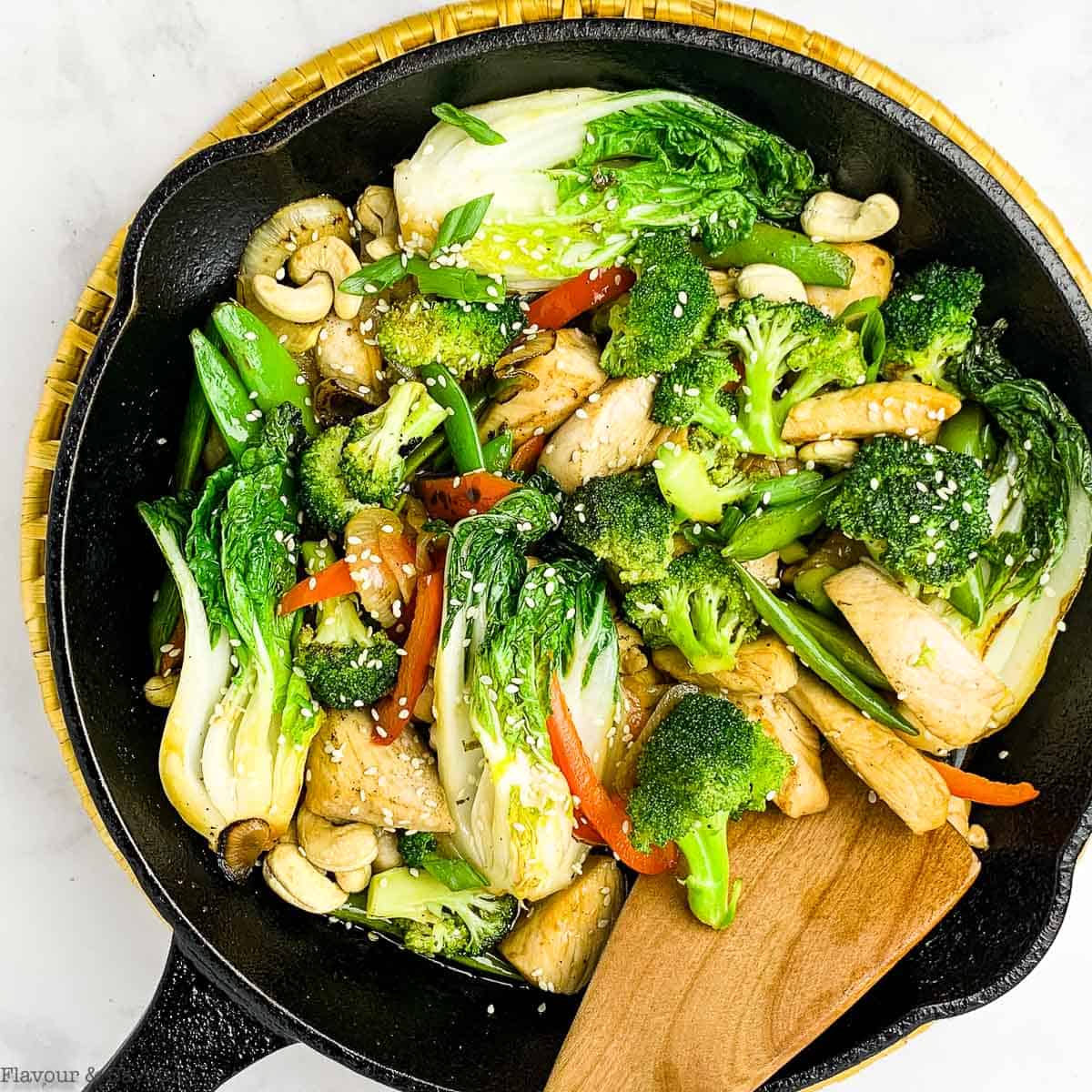Introduction:
Non-stick pans refer to pans that do not stick to ingredients during cooking. Most non-stick pans are made of polytetrafluoroethylene (hereinafter referred to as PTFE), and some non-stick pans are made of new materials such as ceramics to achieve their non-stick effect. Nonstick pans are made of Teflon (PTFE) coating. PTFE was discovered by accident in 1938 by DuPont scientist Roy J. Blank. The material has many unique properties, including outstanding corrosion resistance and the lowest coefficient of friction of any material found at the time. The first application of PTFE was in the Manhattan Project during World War II. It was used to seal UF6 gas and was listed as a military secret. ”
The non-stick pan can easily fry and fry food without sticking to the bottom, which can minimize the use of oil, and the kitchen is clean and less oily. It can also help reduce the intake of fat, conforming to the trend of modern people pursuing low-fat and low-calorie consumption. Non-stick pan products can be divided into cooking pans, frying pans, frying pans, and milk pans according to different functions. According to the non-stick coating system on the inner surface, they can be divided into one-layer system, two-layer system and three-layer system pan. A one-layer system refers to a non-stick layer composed of a single paint; a two-layer system refers to a non-stick layer composed of two types of paint, the bottom layer and a top layer; Non-stick layer. According to the surface treatment method of the product, it can be divided into enamel, high temperature resistant paint, polished non-stick pan

Advantages of nonstick pans:
1 Healthy cooking: Non-stick pans can cook food without adding oil or a small amount of oil, reducing fat intake and helping to reduce the risk of conditions such as obesity and cardiovascular disease
2 Cooking is convenient: the surface coating of the non-stick pan makes it difficult for food to stick to the bottom of the pan, reducing the trouble of sticking and cleaning during cooking
3 Durable: The surface coating of nonstick pans is usually made of wear-resistant materials, which are durable
4 Versatility: The non-stick pan can be used to cook different types of food, including eggs, fish and vegetables, making cooking more convenient

Types of nonstick pans:
“1. Look at the non-stick coating. Non-stick pans are classified according to non-stick coatings, which can be divided into: Teflon coated non-stick pans and ceramic coated non-stick pans. Teflon coating. Teflon non-stick pans The most common non-stick coating in our life is Teflon coating, the scientific name is “polytetrafluoroethylene (PTFE)”, which is a highly stable artificial polymer that does not react with any substance.
2 Non-stick pan products can be divided into cooking pans, frying pans, frying pans, and milk pans according to different functions. According to the non-stick coating system on the inner surface, they can be divided into one-layer system, two-layer system and three-layer system pan. . A one-layer system refers to a non-stick layer composed of a single paint; a two-layer system refers to a non-stick layer composed of two types of paint, a bottom layer and a top layer; a three-layer system refers to a bottom layer, a middle layer and a top layer.
Choose the right non-stick pan:
Non-stick pans are an essential pan in our kitchen. What factors should be paid attention to when choosing a non-stick pan? Below are some related suggestions.
First, the nonstick coating needs to be considered. There are many types of non-stick pan coatings on the market, including traditional PTFE coatings, cast iron coatings, and ceramic coatings. The durability and service life of these different coatings are different. It is recommended to choose a non-stick pan with a good brand and a good reputation.
Secondly, the material of the non-stick pan needs to be considered. The main body of the non-stick pan is usually made of aluminum alloy, which has the advantages of light weight and uniform heat transfer. In addition, another advantage of the aluminum alloy non-stick pan is that it heats up quickly, but you should also pay attention not to use too much firepower to avoid burning the pan.
Again, the bottom of the nonstick pan needs to be considered. The bottom of the non-stick pan is usually specially designed to enhance heat transfer and prevent sticking. The bottom design can be raised, recessed or completely flat. Among them, the raised design can increase the bottom area of the pot, the concave design can collect excess grease, and the flat design is easier to clean.
Finally, there is the size and price of nonstick pans to consider. The size of the non-stick pan usually has different specifications, so you need to choose the appropriate size according to your needs. In terms of price, the price of a good non-stick pan is relatively high, but you can choose a discount period or discount activities when purchasing.
To sum up, choosing the right nonstick pan requires consideration of different factors, including coating, material, bottom design, size, and price, among others. It is recommended to choose a non-stick pan with a good brand and good reputation, and choose the appropriate size and price according to your needs.
Maintenance of non-stick pan:
1 use the correct cleaning tools
Unlike iron pans, non-stick pans cannot use dish soap. On the contrary, dish soap is particularly important in the cleaning process of non-stick pans. First of all, if the non-stick coating is zoomed in, it is actually very small particles, and oil stains will be hidden in it when it is used. After use, it must be thoroughly cleaned with the degreasing effect of detergent, otherwise It will affect the non-stick effect, and it is not only necessary to clean the bottom of the pot, but especially pay attention to cleaning the edge, wall and bottom of the pot!
2 use the correct cooking utensils
Don’t use metal spatulas/spoons, don’t use bamboo ones. Do not use sharp material,
If you can get used to nylon/silicone material, you can use it, but it is better to use cork material with rounded corners, such as beech
For some hard and angular ingredients, it is not recommended to use non-stick pans for cooking too much, including shrimp, crab, shellfish and other crustaceans, including chicken nuggets with bones, ribs, and fish with exposed spines.
Reduce wear and tear by avoiding frequent stir frying.
Post time: Mar-28-2023




